Leicester's 'forgotten' blitz to be marked 80 years on
- Published
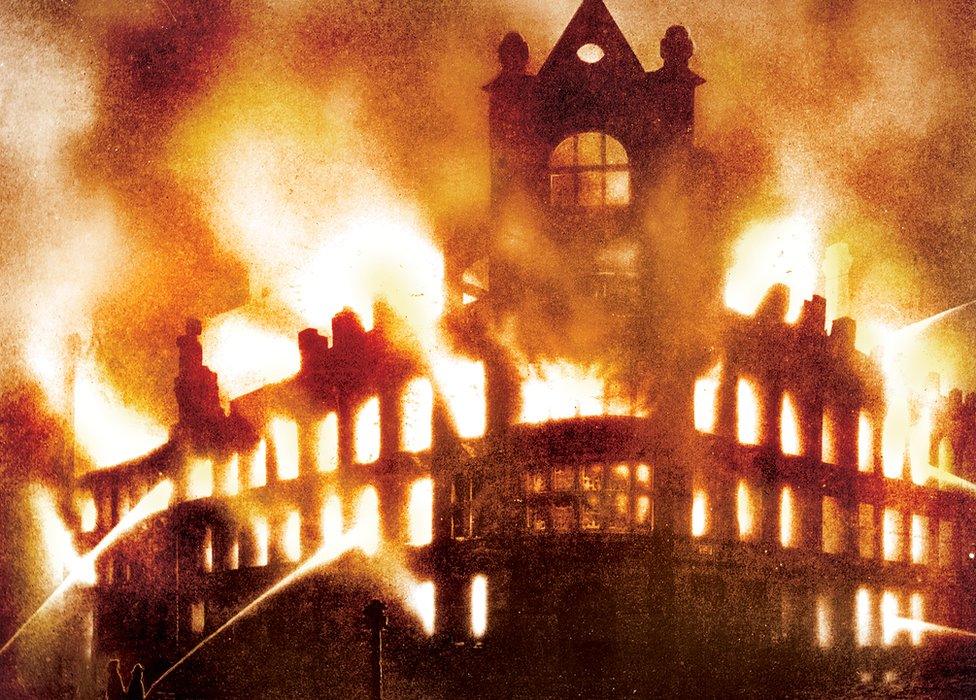
The landmark Freeman, Hardy and Willis warehouse was set ablaze when large parts of Leicester were bombed 80 years ago
A "forgotten" Nazi attack on the city of Leicester in World War Two that left more than 100 people dead is to be commemorated with a new exhibition.
Large parts of the city came under their most sustained attack of the war on 19 November 1940, when Luftwaffe bombers killed 108 people.
Newarke Houses museum's display uses images, eyewitness accounts and artefacts.
"So much heroism was forgotten for so long," historian Austin J Ruddy said.
"It is right they are now remembered."
Mr Ruddy, who wrote Tested by Bomb and Flame, a book on Leicester's raids, said the attack was overshadowed raids elsewhere.
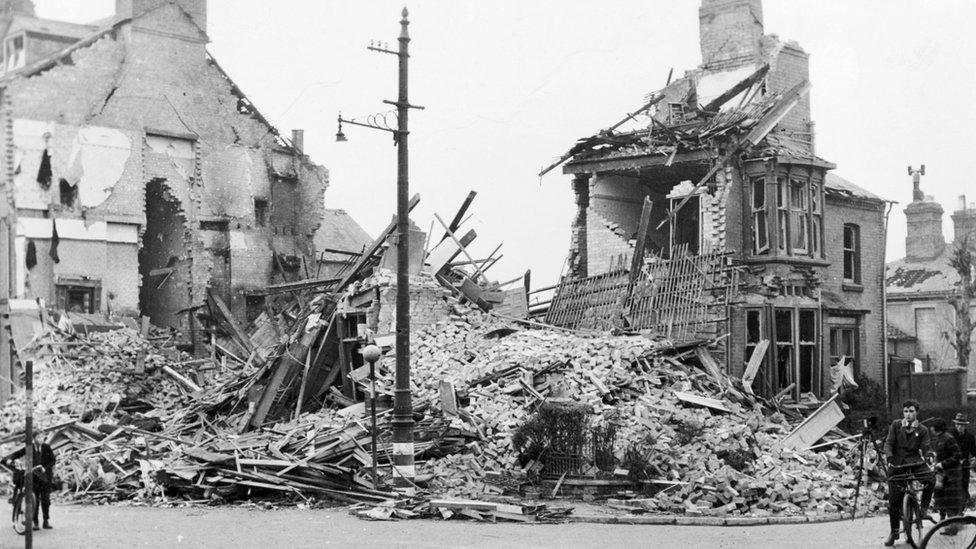
Many large guesthouses collapsed, burying those who were sheltering in their cellars
"Coventry was devastated just days before and Birmingham was hit hard the same night as Leicester," he said.
"But Leicester uniquely had no anti-aircraft defences, so the bombers just flew around the city, choosing when to attack. It lasted most of the night".
Mary Maynard, who lived on London Road, Highfields, was aged 10 at the time.
After a night of trying to sleep through the bombs, Ms Maynard remembers the cellar door opening.
She said: "It was my father, he was absolutely grey, covered in dust.
"The thing I remember, as I was coming up the cellar steps, were his shoes, which were absolutely cut to smithereens, I suppose by flying glass."

The city council has recently put up information boards about the raids
Her father Ernest, had been working with St John's Ambulance and two policemen stood next to him had been killed.
"When a bomb came, he had dived one way and they went the other. It really upset him," she said.
Robert Kemp's father Ray, who was serving in Auxiliary Fire Service on the night, was involved in putting out a fire in his own factory.
Roy Kemp, then 29, was a director of the family firm Arthur Kemp Ltd, which was based on Dover Street.
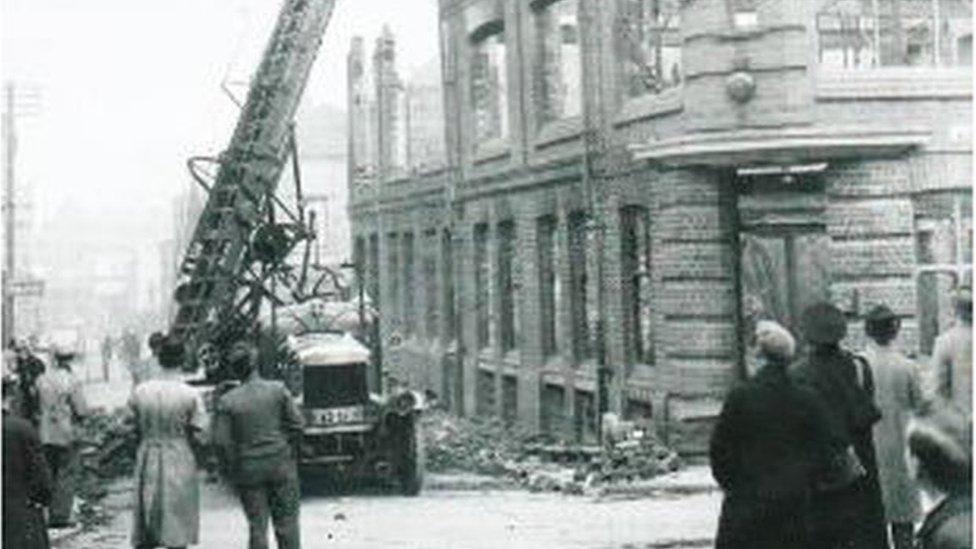
Robert Kemp's father helped fight a fire in his own factory
Robert Kemp said: "On the night in question, he got a call to say there was a big fire on Dover Street. When he got there, he discovered it was his own factory where he had been working earlier that day."
"Nobody was hurt but the building was destroyed. However, the firm was able to move into another premises where it continued operating throughout the war."
Mr Ruddy said many acts of bravery seem to have been forgotten.
"The St John's team went around in an old bus and would set up first aid stations at the scene.
"The bus was blown up but they survived. Unlike other places, they did not get medals.
"One man - a warden called William John Higgott - did get the George Medal for rescuing two children, but then never gets mentioned again."
The exhibition at Newarke Houses will open when coronavirus restrictions allow.

Follow BBC East Midlands on Facebook, external, Twitter, external, or Instagram, external. Send your story ideas to eastmidsnews@bbc.co.uk.
- Published14 November 2020
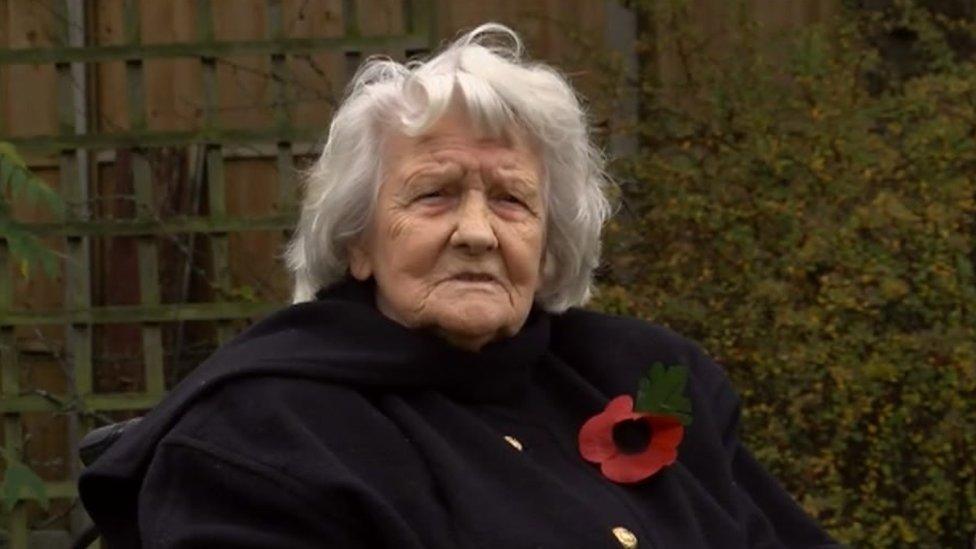
- Published26 October 2020
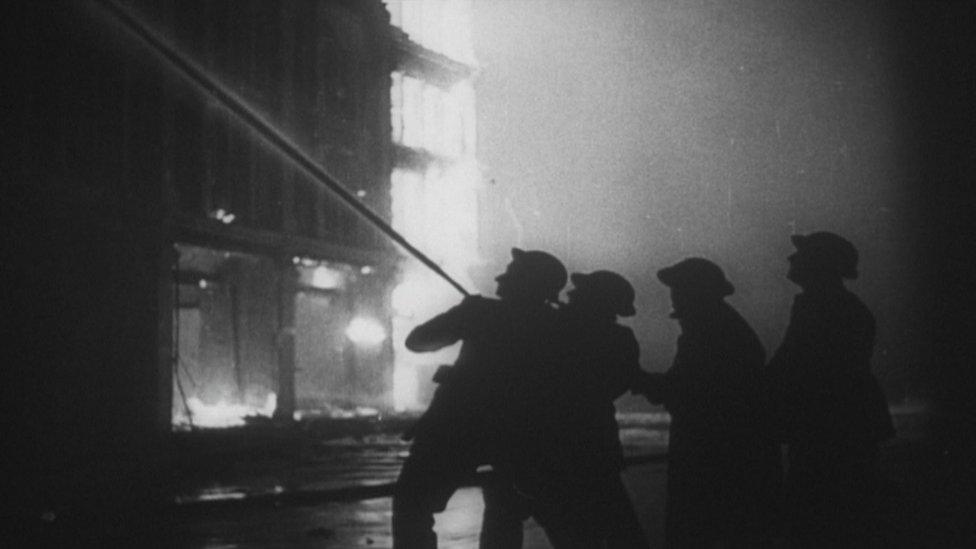
- Published9 May 2011
